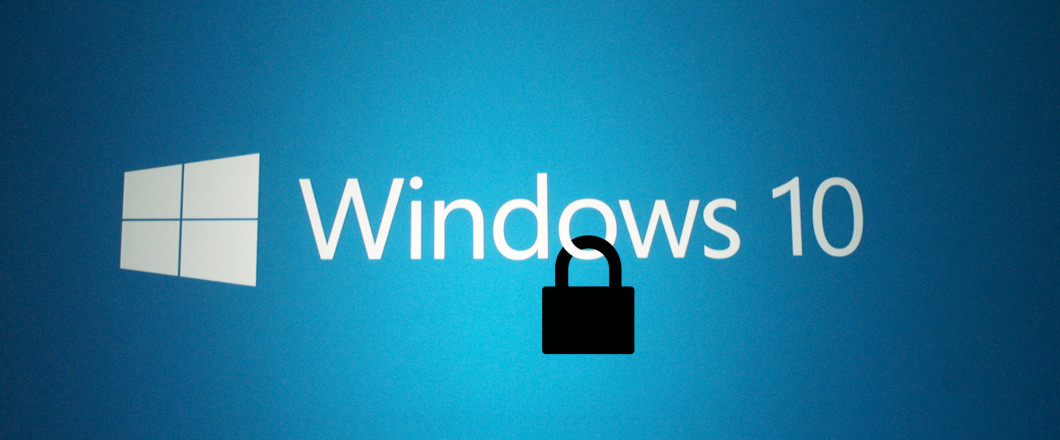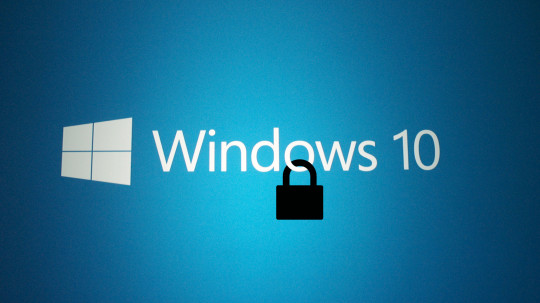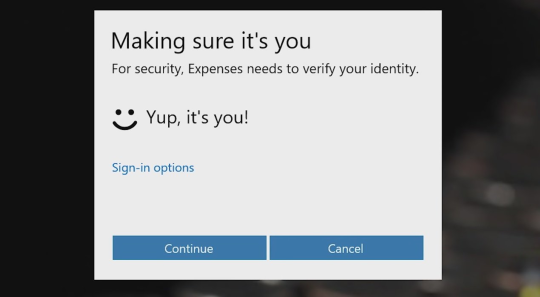With the release of Windows 10 just around the corner, learn about three new security features in Windows 10 being introduced in the operating system.
Microsoft has been branding Windows 10 as a system that will include security upgrades like biometric authentication and app-vetting.
Learning from past mistakes, Microsoft took note from the after the disappearance of the start menu in Windows 8. In fact, many users found it a challenge to navigate through Windows 8 because of the heavy tile-like set up. Windows 10 will bring the start menu back along with Cortana – a personal assistant and new browser called Edge. It is said that Microsoft is trying to emulate the Smartphone experience for a PC or a laptop with Windows 10.
Here are three interesting security features coming to Windows 10:
Device Guard
Device guard is a feature that will automatically block applications that lack an authentic vendor signature. Lenovo, Acer, HP are teaming up with Microsoft to utilize device guard on all their devices using Windows based services.
This feature will protect users from malware. When a user executes an app, Windows will run a credential check and notify the user about whether or not to trust the app. Device guard is unique because it can make these analytical decisions outside of window’s OS – which is known to be susceptible to hackers and malware.
Device guard is different from antivirus software as it is immune (for now) to stealth attacks and tampering. However it will guide your antivirus by flagging questionable apps. It will be functional even if Windows Kernel is not.
Windows Hello
Imagine your fingerprints, iris or your face being the key to access to your computer. Biometrics makes it all possible without the need to worry about passwords. Windows Hello attempts to make users immune to password hacking attacks as it lets them carry out their every-day online activities without having to key in a password or store one on your device or a network server. Your device will need a sensor to register such biometric information. So unless you are planning to buy a new device capable of Windows Hello, you won’t be able to experience it.
Passport
Microsoft is streamlining passwords by introducing Passport. Passport will allow you to access apps and services online without entering a password. This will be done by using a ‘pin’ or Microsoft hello. Before authenticating, Microsoft will be able to verify if you are in possession of your device. Passport will use Microsoft’s Azure Active Directory Services to accomplish this task.
For more ways to stay informed with new technologies, contact your local IT professionals.










